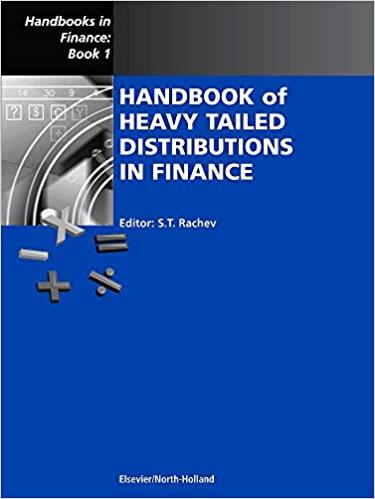Feel free to assume the contract size and answer ALL PARTS

The cooperative's manager informs you that they have made agreements to sell 5,000,000 bushels of corn to their buyers in February for $4.10 per bushel. They have open agreements to purchase corn from local farmers on the spot market in November at spot market price. The cooperative's cost of carry is $0.15 per bushel per month. The cooperative's manager is concerned that the price of new-harvest corn may increase, thus increasing the cooperatives cost of purchasing corn in November and reducing their profits from their agreement with the corn processors. He asks you to help direct the cooperative's hedging efforts. It is currently April and cash corn prices are at $3.50 per bushel. Historically, the cash price for corn sold in November in Randall, Iowa has been $0.05 below the nearby futures price. (a) What should the cooperative manager do in the futures market to hedge the cooperative's corn purchases that they will make in November? (position, contract, number of contracts) (b) what is the manager's "expected hedge price?" That is, what price does the manager expect to have to pay for corn purchased in November given the cooperative hedges its future purchases? It is now November and the cooperative manager is ready to purchase corn from local farmers. The new-harvest cash corn price is now $3.95 per bushel. The nearby futures contract is trading at $4.02. (c) What is the realized hedge price (the price that the cooperative had to pay for the corn after accounting for gains or losses in the futures market)? (d) was the cooperatives expected hedge price equal to their realized hedge price? If not, why? (e) will the cooperative make money on their marketing strategy (forward contracting corn sales to large agribusinesses in February and using futures to hedge corn purchases in November)? How much will the make or lose? What would have happened had they chosen not to hedge their corn purchases? The cooperative's manager informs you that they have made agreements to sell 5,000,000 bushels of corn to their buyers in February for $4.10 per bushel. They have open agreements to purchase corn from local farmers on the spot market in November at spot market price. The cooperative's cost of carry is $0.15 per bushel per month. The cooperative's manager is concerned that the price of new-harvest corn may increase, thus increasing the cooperatives cost of purchasing corn in November and reducing their profits from their agreement with the corn processors. He asks you to help direct the cooperative's hedging efforts. It is currently April and cash corn prices are at $3.50 per bushel. Historically, the cash price for corn sold in November in Randall, Iowa has been $0.05 below the nearby futures price. (a) What should the cooperative manager do in the futures market to hedge the cooperative's corn purchases that they will make in November? (position, contract, number of contracts) (b) what is the manager's "expected hedge price?" That is, what price does the manager expect to have to pay for corn purchased in November given the cooperative hedges its future purchases? It is now November and the cooperative manager is ready to purchase corn from local farmers. The new-harvest cash corn price is now $3.95 per bushel. The nearby futures contract is trading at $4.02. (c) What is the realized hedge price (the price that the cooperative had to pay for the corn after accounting for gains or losses in the futures market)? (d) was the cooperatives expected hedge price equal to their realized hedge price? If not, why? (e) will the cooperative make money on their marketing strategy (forward contracting corn sales to large agribusinesses in February and using futures to hedge corn purchases in November)? How much will the make or lose? What would have happened had they chosen not to hedge their corn purchases







